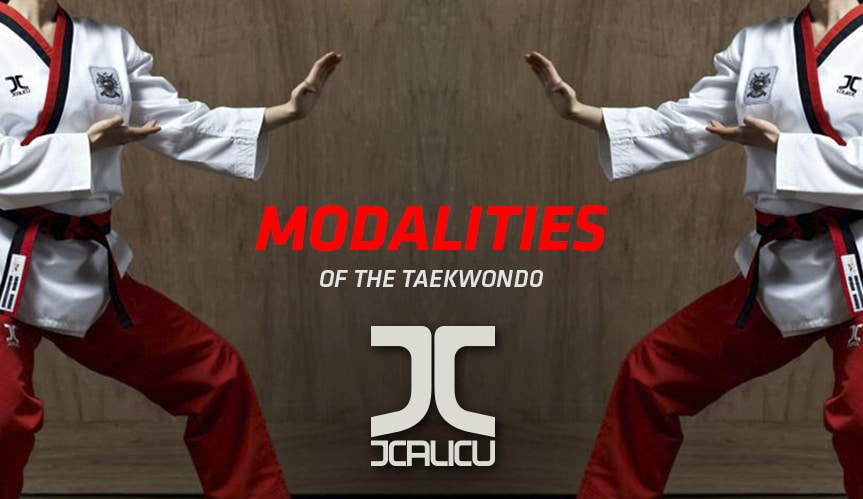While Taekwondo originated and his widely practised in Korea, it is well known that by today it has spread all over the globe creating variations and styles moulded from each of the places where this discipline is practised.
Before we begin we need to understand the three areas where Taekwondo has varied:
- While there is a specific set of patterns that need to be learned and practised, there are some that have been added depending on the style practised: hyeong, pumsae, and or teui.
- Rules for sparring or combat competition vary from place to place especially the WTF which is the one used in Olympic competition and that concentrates more in athletic ability than combat itself.
- The philosophy of martial arts thought.
Taekwondo Modalities (Worldwide)
Traditional Taekwondo: This style is referred to that practised back in the second half of the 1940’s and the first half of the 1950’s, it was not known yet as Taekwondo but originated after the occupation of the Japanese of the Korean Peninsula after World War 2. Initially, there were nine Kwan’s (schools) that t this martial art. They still exist and are the ones and the only ones that can issue the Dan and Poom certification for Black Belts.
Chang Hon Style Taekwondo: Started in 1966, this style of taekwondo calls its forms or patterns by the name of Teui, and the specific set used for competition in the ITF (International Taekwondo Federation) is that known as Chang-Hon.
There are 24 specific Chan-Hon Teui and each of them symbolises elements of the Korean history as well as elements of its religion and philosophy.
Songahm Style Taekwondo: This is a variation of Taekwondo originated in the United States back in 1969 when an instructor by the name of Haeng Ung Lee opened schools in the city of Omaha, Nebraska. He also formed and started the ATA (American Taekwondo Association).
Although the style practised is based on the traditional teachings of this martial arts, it has been also acknowledged by the name of Songahm.
Jhoon Rhee’s style Taekwondo: This is style made its appearance back in the first half of the 1970’s and also in the US, specifically in the state of Washington where Choi Hong Hi opened several schools that t the ITF (Chang Hon Style) taekwondo. Although after a few years he also incorporated several elements of the traditional taekwondo to this curricula and decided to call this custom style Jhoon Rhee Style.
Kukki-style / WTF Taekwondo: While all the aforementioned situations were taking place in America, back in the Korean Peninsula the Korean Taekwondo Association and the government were also active in this discipline, funded by the Ministry of Culture the national academy of Taekwondo known as Kukkiwon was opened in the first half of the 1970’s, establishing and new and unified style for taekwondo.
This style is the one recognized by the International Olympic Committee (was officially recognized in 1980 and only for sparring to be present in Olympic competition), it was then when the KTA (Korean Taekwondo Association) established the WTF (World Taekwondo Federation) which also named the forms Poomsae, this named is based after the eight trigrams of the i-Ching.
This style also changed the belts colours in what is known as Yudanja Poomsae, which means that now, belt colours are related not to Korean history as before, but related to elements of its philosophy like the i-Ching and the taeguk.
It is important to notice that it is here, with the arrival of the WTF and the recognition of the IOC, that students from all the world (as long as their schools and countries are affiliated to the WTF) can engage in international competition and Olympic game qualifiers.

